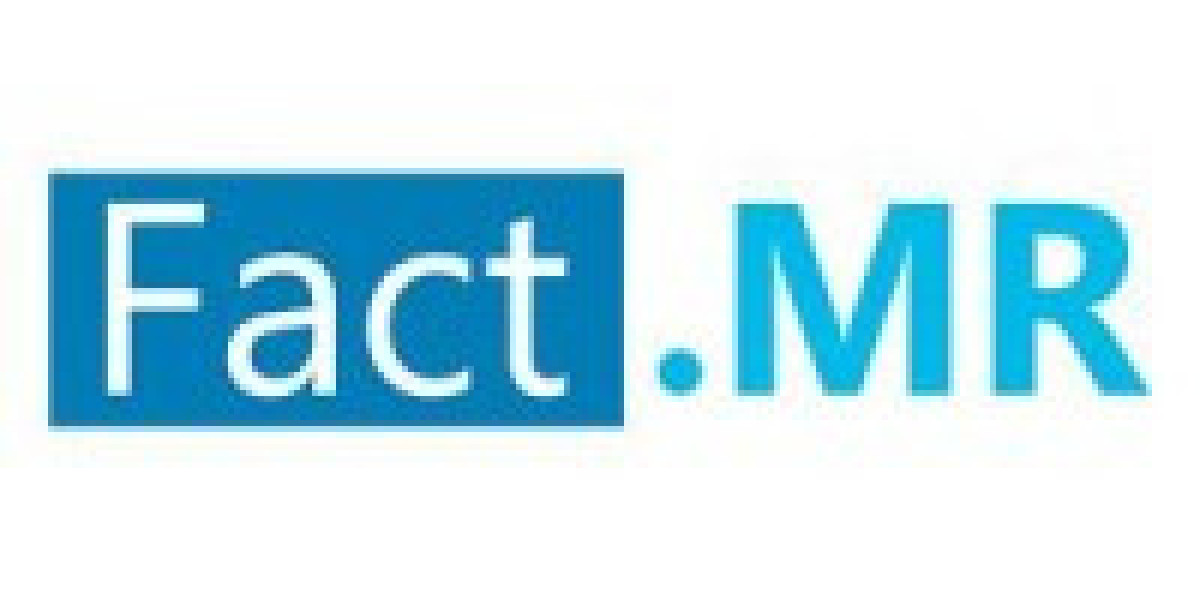The global metallized films market is projected to reach USD 4,304 million by 2035, climbing from USD 2,638 million in 2024. During the forecast period from 2025 to 2035, the market is expected to expand at a compound annual growth rate (CAGR) of 4.6 percent. This growth is driven by the rising demand for lightweight, cost-efficient, and high-barrier materials across industries such as packaging, consumer electronics, and pharmaceuticals. Metallized polypropylene and polyester films, which provide enhanced shelf life, recyclability, and compatibility with modern printing technologies, continue to dominate the market landscape.
Material Type Insights
By material type, the metallized films market is segmented into polypropylene, polyethylene terephthalate, polyethylene, polyamide, and other specialized polymers. Among these, metallized polypropylene, particularly biaxially oriented polypropylene (BOPP), holds the leading share. This is due to its superior cost efficiency, flexibility, and transparency, making it an essential choice for the packaging of snacks, confectionery, and bakery products. Polyethylene terephthalate also maintains a strong position, owing to its durability and performance in more demanding packaging and insulation applications. The growing focus on sustainability and recyclability is expected to push producers to innovate in mono-material film constructions, which will further enhance demand across these categories.
Technology Trends
Metallized films are manufactured using technologies such as vacuum metallization, sputtering, and electron beam evaporation. Of these, vacuum metallization continues to dominate, largely due to its scalability, cost-effectiveness, and efficiency in depositing aluminum onto substrates such as BOPP and PET. Advances in plasma pre-treatment and dual-web systems have enhanced the barrier properties of vacuum metallized films while ensuring their compatibility with recycling initiatives. Sputtering and electron beam evaporation are also expanding, particularly for high-performance applications, though vacuum metallization remains the backbone technology for large-scale production.
Metal Layer Preferences
In terms of the metal layer, aluminum-coated films account for the majority of the market share. Their popularity lies in their ability to provide optimal oxygen and moisture barriers at a competitive cost. While copper and other metals are used in niche applications, aluminum continues to be the preferred choice across industries due to its balance of performance and affordability.
Full Market Report available for delivery. For purchase or customization, please request here –https://www.factmr.com/connectus/sample?flag=S&rep_id=7494
Thickness Variations
Metallized films are available in different thicknesses, typically up to 10 microns, 11 to 20 microns, 21 to 40 microns, and above 40 microns. The choice of thickness depends heavily on the intended use. Thinner films are increasingly used in lightweight packaging applications, helping manufacturers reduce material costs and improve sustainability. Thicker films, on the other hand, are used in applications requiring greater durability, such as insulation, decorative purposes, and certain industrial uses.
Application Spectrum
Applications of metallized films span a broad spectrum, including packaging, decorative films, insulation, electronics, and labeling. Packaging is by far the largest application area, particularly in the food and beverage industry where extended shelf life and protection against oxygen and moisture are critical. Pharmaceuticals and personal care products also rely heavily on metallized films for their barrier properties. In addition to packaging, decorative applications such as gift wraps and laminates continue to grow steadily, while the use of metallized films in electronics for insulation and shielding is gaining traction in high-tech industries.
Regional Outlook
The metallized films market exhibits diverse growth dynamics across regions. India is forecast to experience the fastest growth, supported by the rapid expansion of its fast-moving consumer goods, pharmaceutical, and personal care sectors. Favorable government policies and expanding domestic manufacturing capabilities further enhance the outlook for the Indian market. China continues to maintain a dominant global position, benefiting from abundant raw material supply, cost advantages, and advanced metallization infrastructure concentrated in its industrial hubs. In Europe, Germany stands out as a leader in innovation, focusing on recyclable and sustainable metallized film solutions.
Competitive Landscape
The metallized films industry is highly fragmented, featuring both global giants and regional manufacturers. Prominent players include Toray Industries, Cosmo Films, Jindal Poly Films, Uflex, Taghleef Industries, Treofan Group, DUNMORE, SRF, Polyplex, Mitsui Chemicals Tohcello, Vacmet, Innovia Films, and Flex Films. Competition in the sector revolves around technological advancements, supply chain optimization, and the ability to offer sustainable solutions that meet the evolving needs of consumers and regulators. Many companies are pursuing mergers, acquisitions, and strategic alliances to strengthen their market presence and diversify their product portfolios.
Recent Developments
Recent industry developments highlight the growing emphasis on capacity expansion and technological innovation. In March 2025, SRF Limited announced a significant investment in its Indian operations by ordering its fourth wide-web Bobst vacuum metallizer. This machine, set to become operational in 2026, will boost production of sustainable, high-barrier metallized BOPP films and reflects SRF’s long-term partnership with Bobst. The move underscores the company’s commitment to meeting rising domestic and international demand.
In the same month, Polyplex (USA) LLC commenced trial production on a new brownfield PET thin-film line in Decatur, Alabama. The addition of 50,000 metric tons per year in new capacity has raised the company’s total U.S. output to 81,000 metric tons annually, making Polyplex the largest PET film producer in the country. Furthermore, the company completed a debottlenecking project at its PET resin plant, increasing its capacity from 58,000 metric tons per year to 86,000 metric tons. These expansions not only strengthen Polyplex’s competitive position but also highlight the broader industry trend toward scaling up operations to meet growing global demand.
Check out More Related Studies Published by Fact.MR Research:
Polyvinyl Butyral Market: https://www.factmr.com/report/3667/polyvinyl-butyral-market
3-Methyl Valeric Acid Market: https://www.factmr.com/report/3693/3-methyl-valeric-acid-market
Benzyl Alcohol Market: https://www.factmr.com/report/3694/benzyl-alcohol-market
Decanoyl Chloride Market: https://www.factmr.com/report/3695/decanoyl-chloride-market
About Us:
Fact.MR is a distinguished market research company renowned for its comprehensive market reports and invaluable business insights. As a prominent player in business intelligence, we deliver deep analysis, uncovering market trends, growth paths, and competitive landscapes. Renowned for its commitment to accuracy and reliability, we empower businesses with crucial data and strategic recommendations, facilitating informed decision-making and enhancing market positioning.
Contact:
US Sales Office:
11140 Rockville Pike
Suite 400
Rockville, MD 20852
United States
Tel: +1 (628) 251-1583
Sales Team : sales@factmr.com







